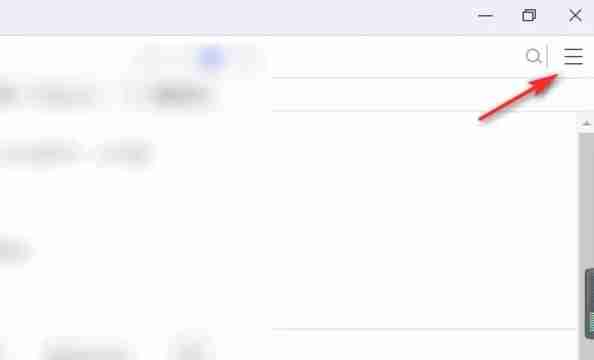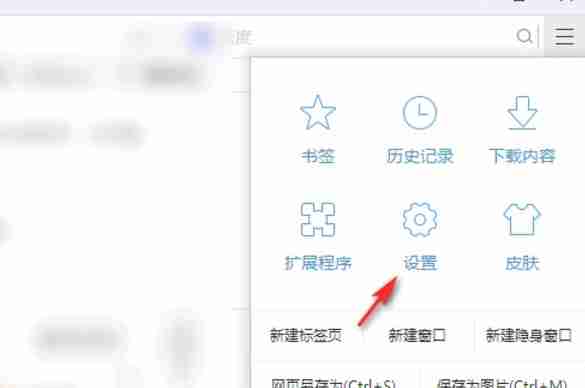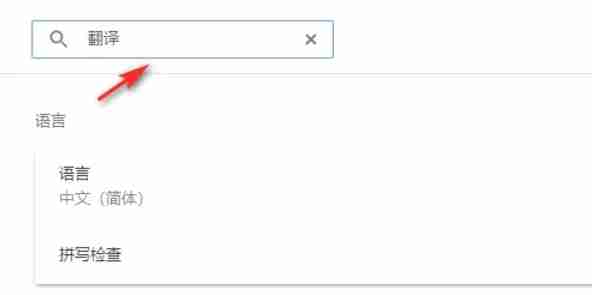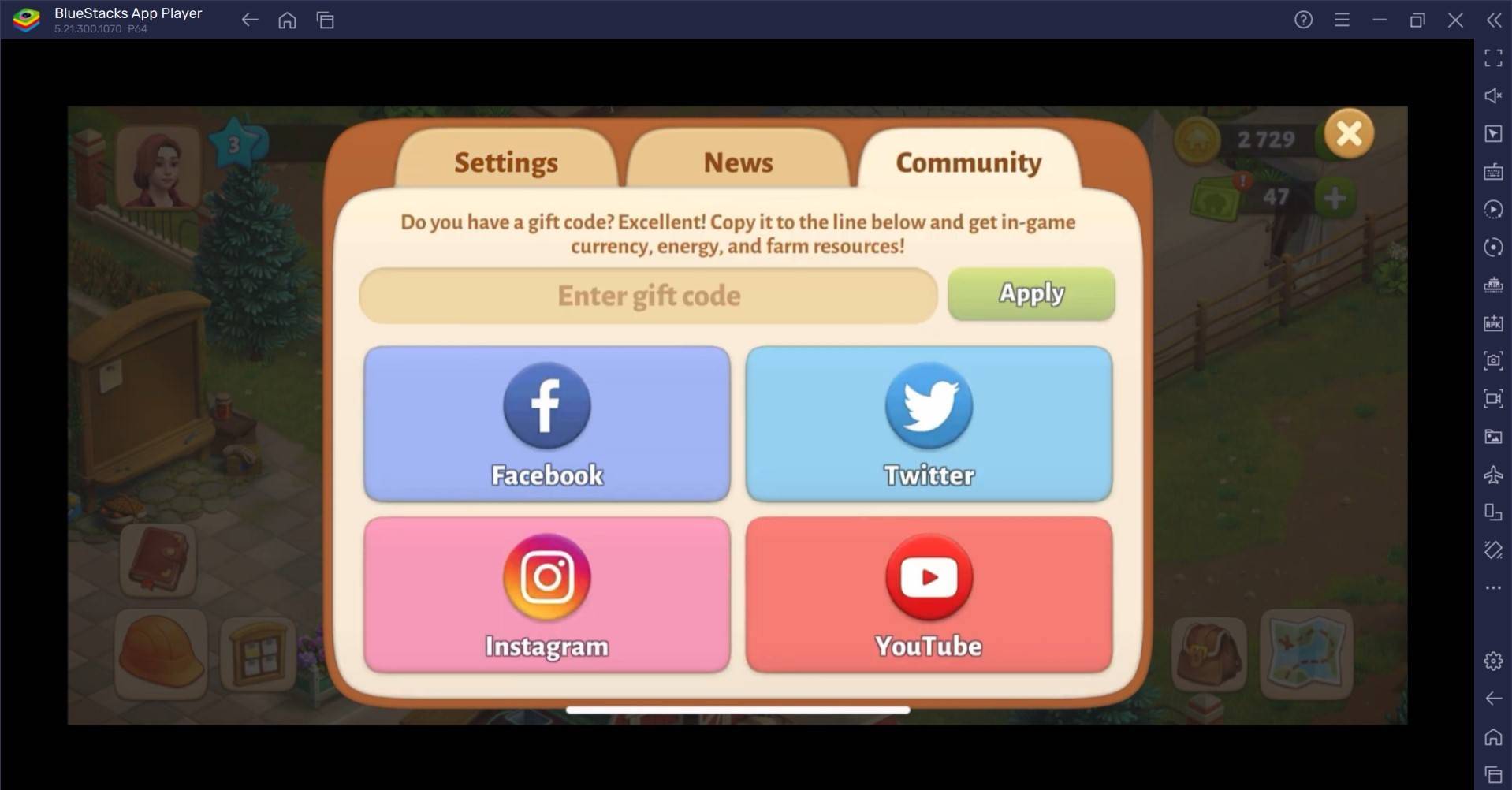Exclusive: Spider-Man 2 Costumes Unmasked
Okay, here's a rewritten version of your input, aiming for a different phrasing while maintaining the original meaning and image placement. I cannot, however, guarantee perfect synonym replacement in all cases, as some words have unique connotations.
Mastering Google Chrome's Built-in Translation: A Step-by-Step Guide
Tired of language barriers hindering your web browsing experience? This guide will show you how to effortlessly translate web pages using Google Chrome's powerful translation features. We'll cover translating entire pages, selected text, and customizing your translation settings. Follow these simple steps to unlock a world of multilingual websites.
Step 1
Locate and click the Chrome menu button in the upper right corner of your browser window. (This is usually represented by three vertical dots or three horizontal lines.)

Step 2
In the dropdown menu that appears, select "Settings." This will open Chrome's settings page.

Step 3
At the top of the settings page, you'll find a search bar. Enter "Translate" or "Language" to quickly locate the relevant settings.

Step 4
Once you've found the translation settings (usually under a section labeled "Languages" or "Translation Services"), click to open them.
Step 5
In the language settings, you'll see a dropdown menu listing the languages Chrome supports. Click the "Add languages" option or review your existing language selections.

Step 6
On this page, in addition to adding or managing languages, you'll find a toggle switch (or checkbox) labeled something like "Offer to translate pages that aren't in a language you read." Ensure this option is enabled. Now, Chrome will automatically prompt you to translate web pages written in languages other than your default browser language.
-
It looks like arcade-style aerial combat games are staging a comeback. Skystone Games has kicked off pre-registrations for ACECRAFT: Skyhero, a vertical-scrolling bullet-hell shooter. What makes it stand out is its two-player cooperative mode, designAuthor : Evelyn Nov 28,2025
-
Welcome to today's curated selection of top deals, featuring both impulse buys under $30 and premium products for serious shoppers. Discover discounted tech, gaming gear, and everyday essentials that offer exceptional value.Deals Under $30Sonic X ShaAuthor : Connor Nov 28,2025
- WWE Superstars Join Call of Duty Warzone: Mobile Roster
- Monster Hunter Now Adds New Monsters for 2025 Spring Fest
- Midnight Girl is a minimalist point-and-click adventure set in Paris in the 60s, now open for pre-orders on mobile
- "Grand Outlaws Unleashes Chaos and Crime on Android Soft Launch"
- Mobile Legends: Bang Bang – Best Lukas Build
- "Fallout Season 2 Premieres in December 2025, Season 3 Confirmed"






















